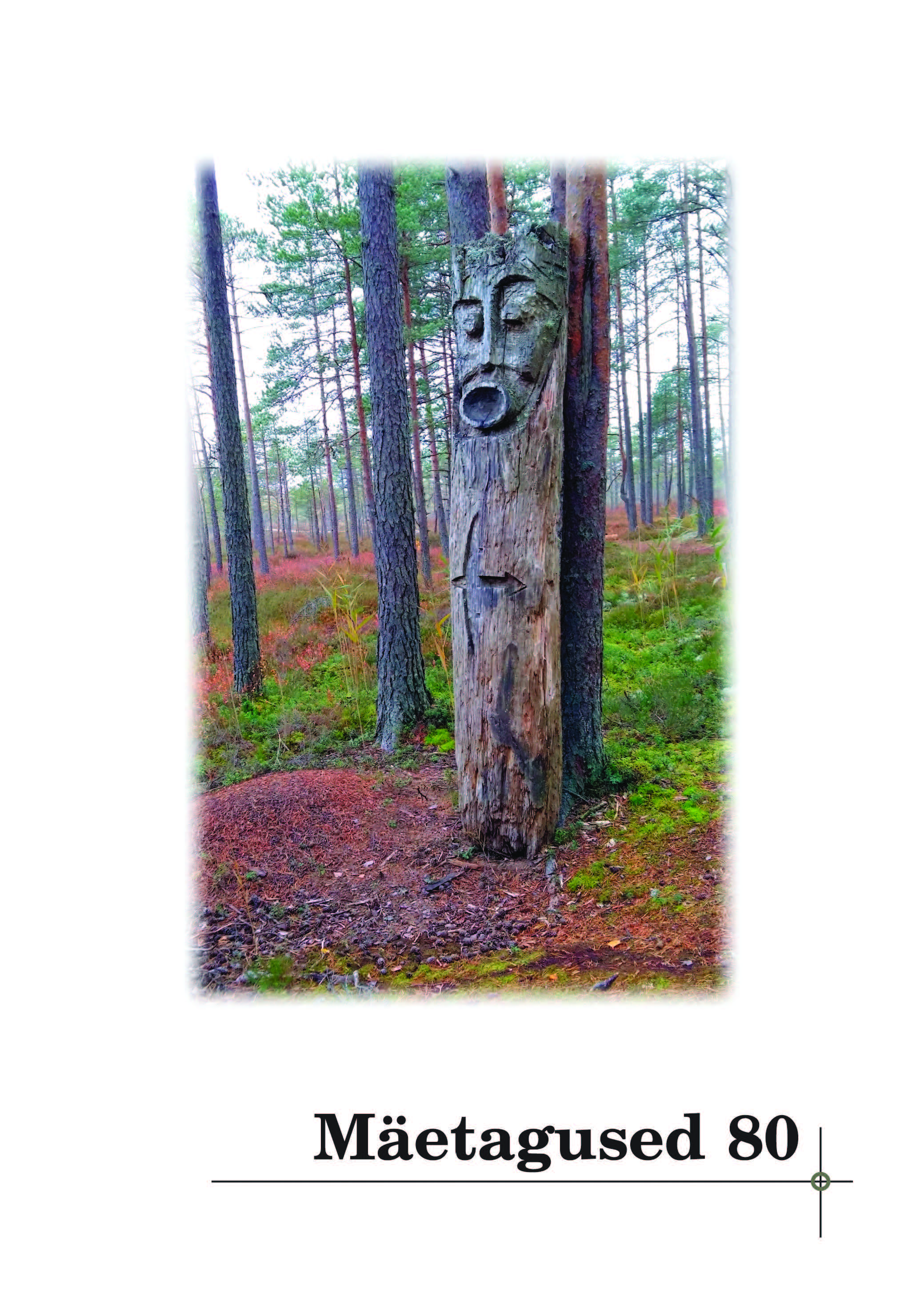Eesti- ja Liivimaa libahundipärimus rahvapärase ontoloogia muutumise peegeldajana
Werewolf lore of Estonia and Livonia as reverberation of changes in folk ontology
Author(s): Merili MetsvahiSubject(s): Customs / Folklore, Cultural Anthropology / Ethnology, Culture and social structure
Published by: Eesti Kirjandusmuuseum
Keywords: Estonia and Livonia; Estonian folktale; folk belief; folk ontology; neo-animism; werewolf; witch trials;
Summary/Abstract: The article gives a short overview of the Estonian werewolf tradition in the 16th and 17th centuries and a glimpse into the 19th–20th-century werewolf beliefs. The image of werewolf of the earlier and later periods is compared. The differences between the images of these two periods are explained with the help of the approaches of Tim Ingold and Philipp Descola, which ground the changes in the worldview taking place together with the shift from the pre-modern society into modernity. The mental world of the 16th–17th-century Estonian and Livonian peasant did not encompass the category of nature, and the borders between the human being and the animal on the one side and organism and environment on the other side were not so rigid as they are in today’s people’s comprehension of the world. The ability to change into a wolf was seen as an added possibility of acquiring new experiences and benefits. As the popular ontology had changed by the second half of the 19th century – the human mind was raised into the ultimate position and the animal was comprehended as being inferior – the transformation of a man into an animal, if it was seriously taken at all, seemed to be strange and unnatural.
Journal: Mäetagused. Hüperajakiri
- Issue Year: 2021
- Issue No: 80
- Page Range: 71-88
- Page Count: 18
- Language: Estonian

